Who works with photovoltaic projects Have you ever heard or will hear about terms like grid-zero, zero export or zero-grid – which are a control strategy in a plant aimed at not exporting or limiting the export of energy to the distributor's network.
It is important to mention that one can have the zero-grid with or without storage, but storage allows the use of energy of the solar plant at times when there is a surplus of generation in relation to the load, enhancing financial gains.
In this year 2024, such systems have become much more popular in Brazil. There are reports among manufacturers, distributors and integrators that there is a significant increase in demand and consequently in sales of this type of system.
The applications of hybrid photovoltaic projects with energy storage are numerous, such as backup, peak time coverage (time of use / time shifting), demand control (peak-shaving), without injection into the grid (grid-zero), among others. But, Do you know how to use zero-grid technology? Check below the use cases listed by Solis.
Projects with high concurrency rate
According to the company, in some regions, local transformer capacity is fully occupied, which prevents new distributed generation connections.
The EPM (Exported Power Manager) allows industries and businesses with a high simultaneity rate to take advantage of solar energy without overloading the grid, consuming all or a large part of the energy generated by the plant during the day, without injecting any power into the grid.
Dealership Regulations
Some utilities impose strict restrictions on the amount of energy that can be injected into the grid. Using EPM, photovoltaic system owners can adjust electricity generation to meet these regulations, avoiding fines and penalties.
Alternative to enable projects with flow reversal
During 2023, Brazil witnessed a large number of projects with reverse flow diagnoses. According to the manufacturer, the zero-grid can make these projects viable, as with this equipment the system will not inject energy into the concessionaire's network.
Solis Portfolio
Solis' portfolio currently has three models of Exported Power Managers: one for single-phase networks (Solis-EPM1-5G) and two compatible with three-phase systems (Solis-EPM3-5G-PLUS) and (Solis-EPM3-5G -PRO).
What is the best model?
Below are the best models listed by the company.
EPM1-5G
Manager for 220~230V single-phase systems. It can be used on different inverters and can control up to 10 inverters.
EPM3-5G-PRO
Suitable for three-phase systems with three wires, voltages of 220V, 380V and 480V. It can be used on different inverters, controls up to 20 inverters and is suitable for three-phase delta networks without neutral.
EPM3-5G-PLUS
Equipment for three-phase systems with four wires, 220VAC and 380/400VAC voltage. It can be used in different inverter models and the theoretical maximum quantity that it can control is 20 inverters. Does not support networks without neutral.
All content on Canal Solar is protected by copyright law, and partial or total reproduction of this site in any medium is expressly prohibited. If you are interested in collaborating or reusing some of our material, we ask that you contact us via email: [email protected].


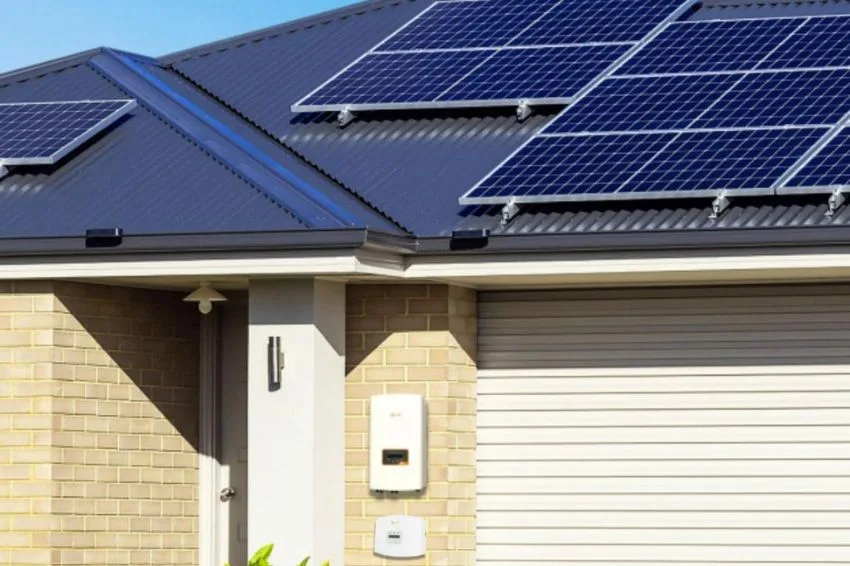


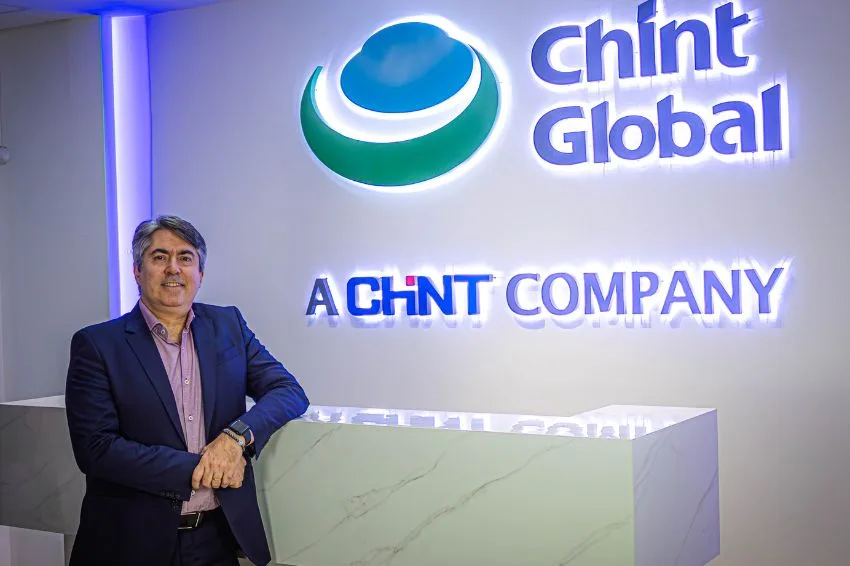

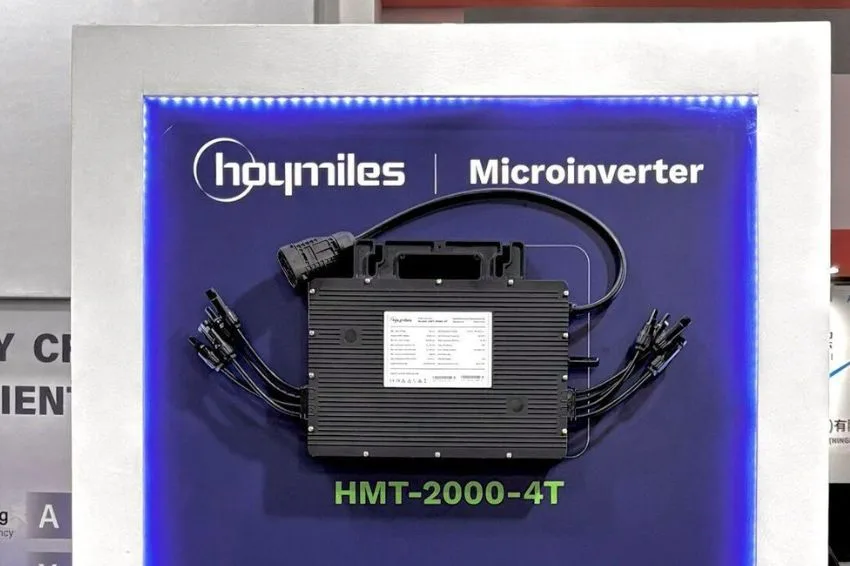
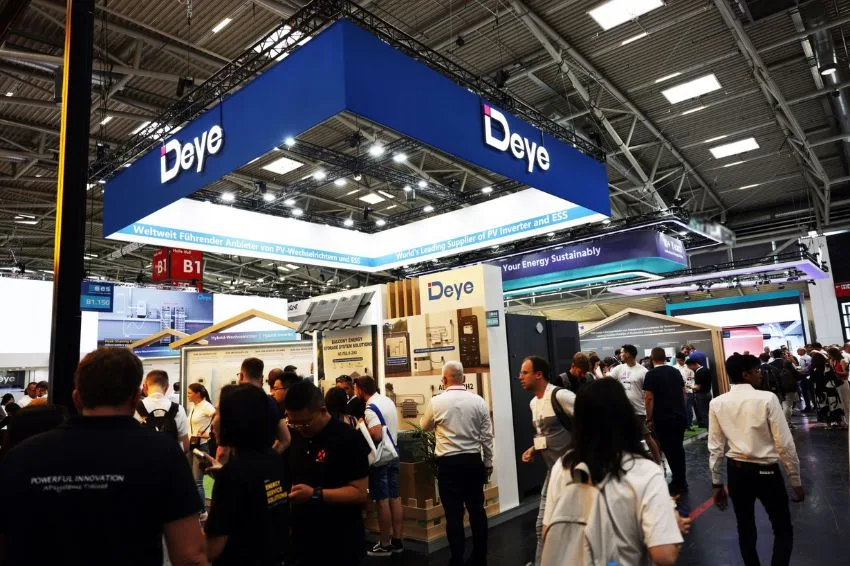
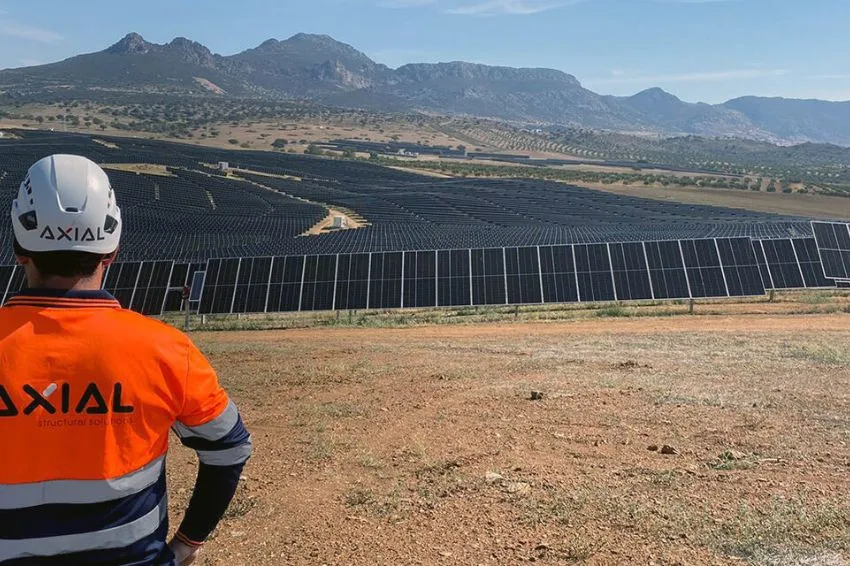







One Response
Very interesting.
Esse sistema pode ser instalado/adaptado onde já existe um sistema on-grid?